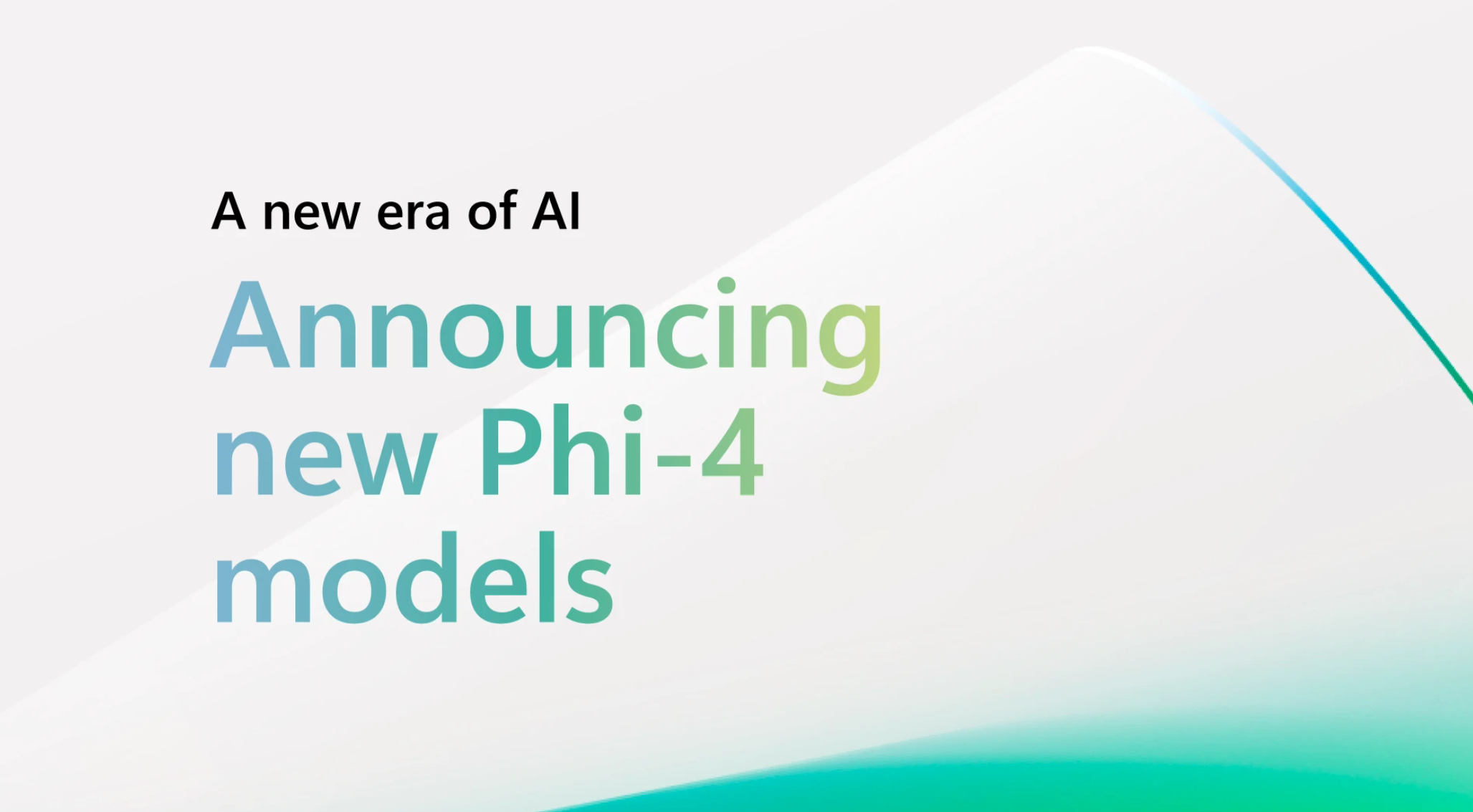
Table of Contents
Overview
In the ever-evolving landscape of AI, smaller, more efficient models are making a big impact. Enter Phi-4 Reasoning, a family of compact yet powerful language models from Microsoft. Designed specifically for tackling complex problems in math, science, and code, Phi-4 punches well above its weight, rivaling the performance of much larger LLMs. Let’s dive into what makes this model a game-changer.
Key Features
Phi-4 Reasoning boasts a compelling set of features that make it a standout choice for specialized applications:
- Small Model Sizes (3.8B/14B): Phi-4 comes in two sizes, making it accessible for deployment on a wider range of hardware.
- Optimized for Reasoning: Specifically trained for math, science, and code, it excels in tasks requiring logical deduction and problem-solving.
- Open Weights Available: The open weights allow for greater transparency, customization, and community contribution.
- Deployed via Azure AI and Hugging Face: Easy access through popular platforms ensures seamless integration into existing workflows.
- Efficient Performance: Its compact size translates to faster inference times and lower resource consumption.
How It Works
Phi-4’s impressive reasoning capabilities stem from its training on carefully curated, high-quality datasets. This focused approach allows it to master the nuances of math, science, and code. Built on a transformer-based architecture, Phi-4 is designed to tackle complex problem-solving within its target domains. Users can access Phi-4 through APIs offered by Azure AI or by directly downloading the model from Hugging Face. This flexibility makes it easy to incorporate Phi-4 into various projects and applications.
Use Cases
The specialized nature of Phi-4 makes it ideal for a range of specific applications:
- STEM Education Tools: Powering interactive learning platforms with intelligent problem-solving capabilities.
- Code Generation Assistants: Assisting developers with code completion, debugging, and generation.
- Research Support: Aiding researchers in analyzing data, generating hypotheses, and exploring complex scientific concepts.
- Lightweight Inference on Edge Devices: Enabling AI-powered applications on devices with limited computational resources.
- Academic Reasoning Benchmarks: Providing a robust platform for evaluating and comparing reasoning capabilities.
Pros & Cons
Like any tool, Phi-4 has its strengths and weaknesses. Understanding these can help you determine if it’s the right fit for your needs.
Advantages
- High Reasoning Accuracy: Excels in its targeted domains of math, science, and code.
- Efficient for Deployment: Smaller size allows for deployment on resource-constrained environments.
- Open and Accessible: Open weights and availability on Azure AI and Hugging Face promote transparency and ease of use.
Disadvantages
- Smaller Size Limits Broader Language Versatility: Not as capable as larger models in general-purpose language tasks.
- Fewer General-Purpose Capabilities Compared to Large Models: Primarily focused on reasoning in specific domains.
How Does It Compare?
When considering alternatives, it’s important to understand how Phi-4 stacks up against the competition.
- Mistral: Similar to Phi-4 in that it’s also a small and open model, but Mistral is designed to be more general-purpose.
- LLaMA: A high-quality language model, but it’s heavier and comes with more restrictive licensing compared to Phi-4.
Final Thoughts
Phi-4 Reasoning represents a significant step forward in the development of efficient and specialized language models. Its focus on reasoning in math, science, and code, combined with its open accessibility and efficient deployment, makes it a valuable tool for a wide range of applications. While it may not be a general-purpose powerhouse, its targeted capabilities make it a compelling choice for those seeking to leverage AI for complex problem-solving in specific domains.

